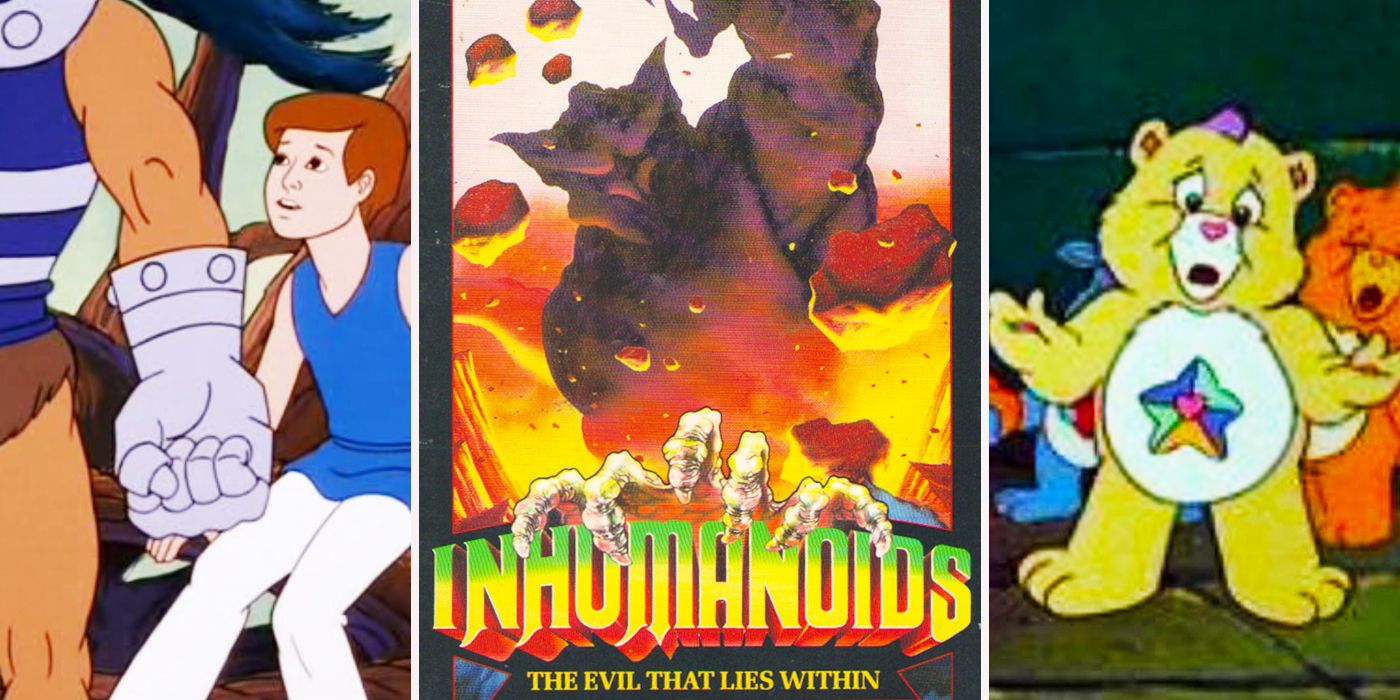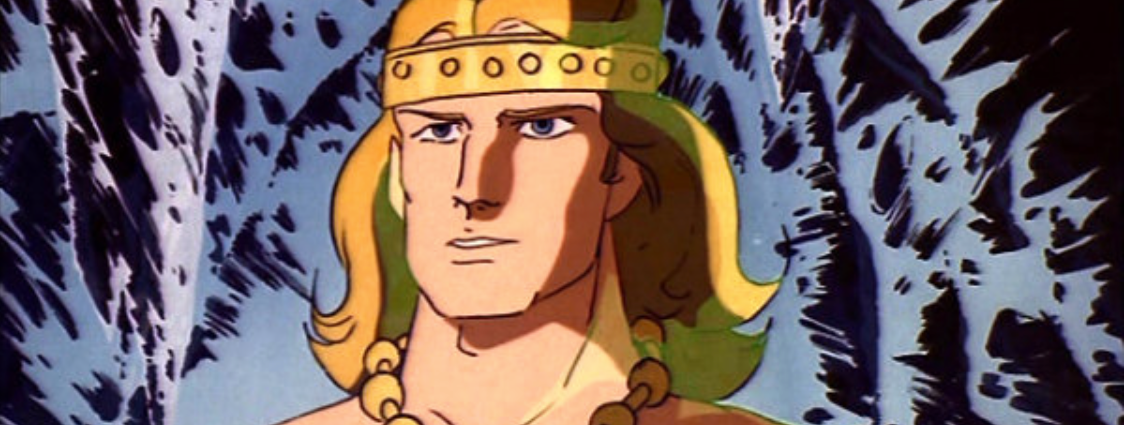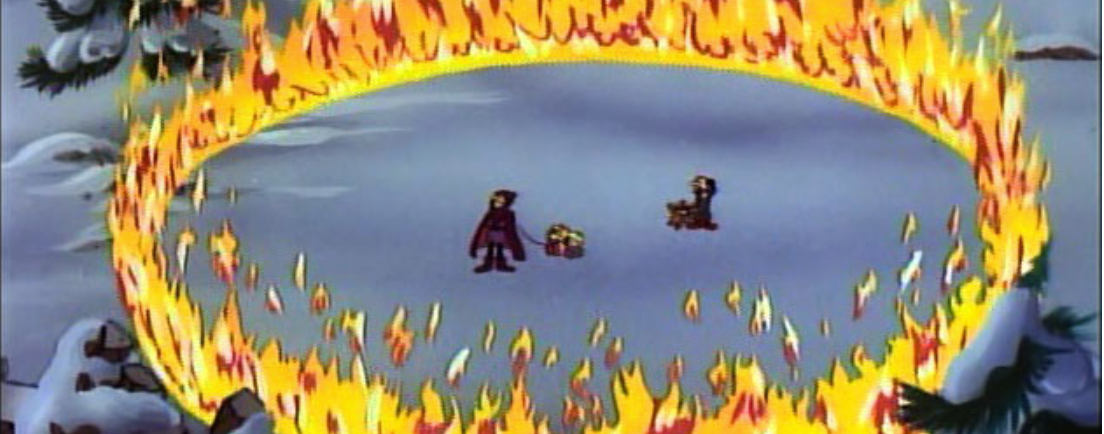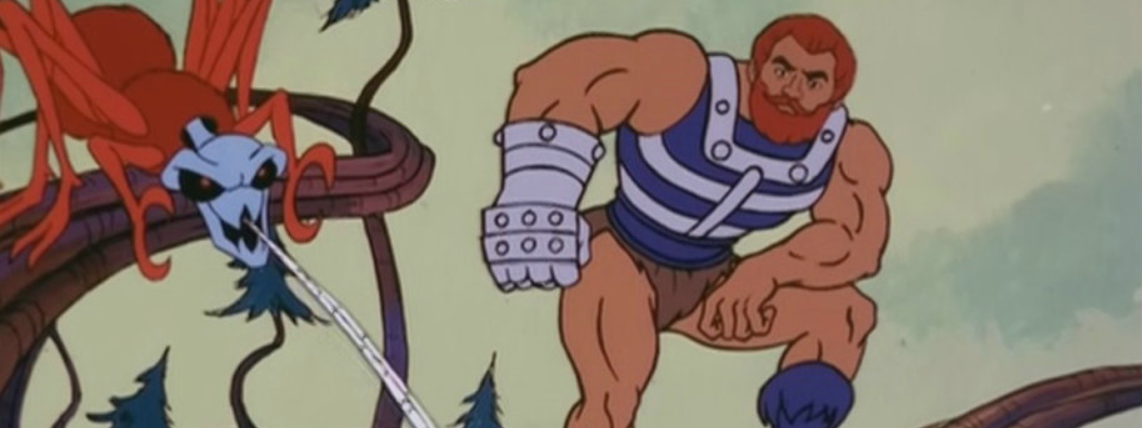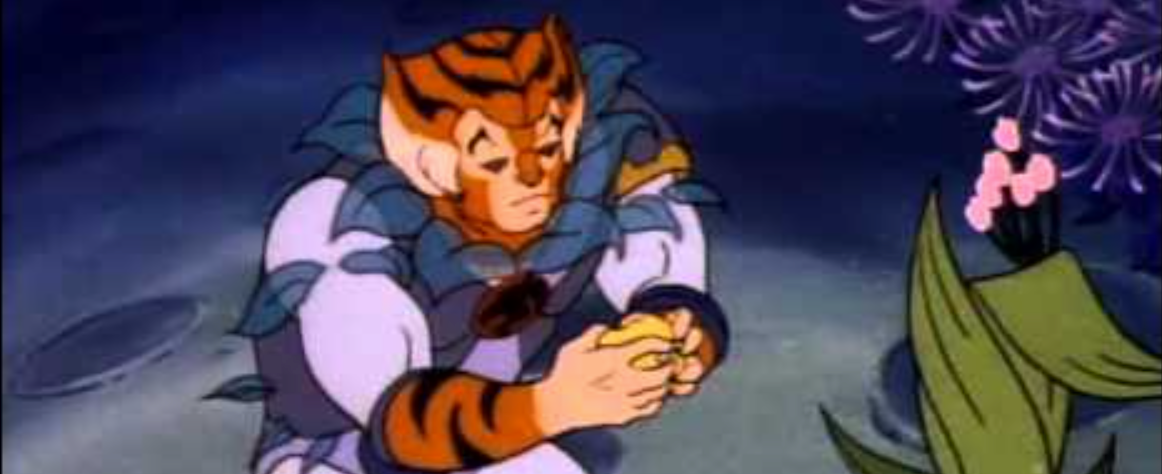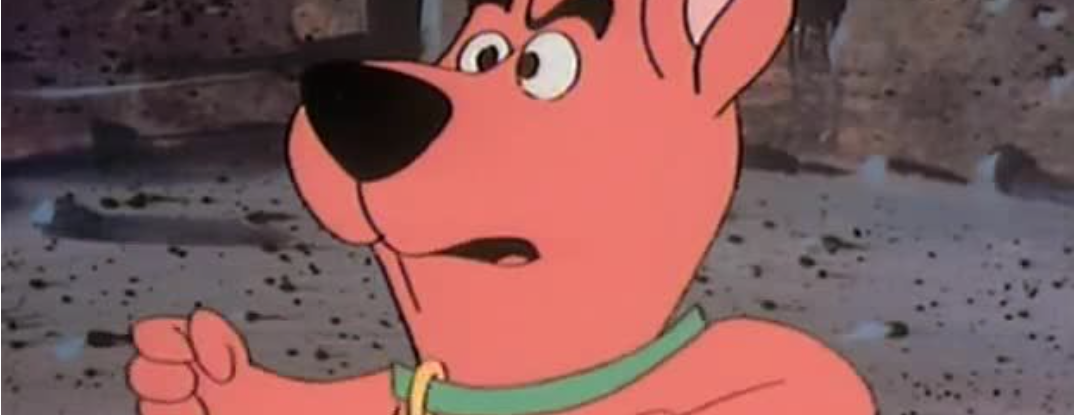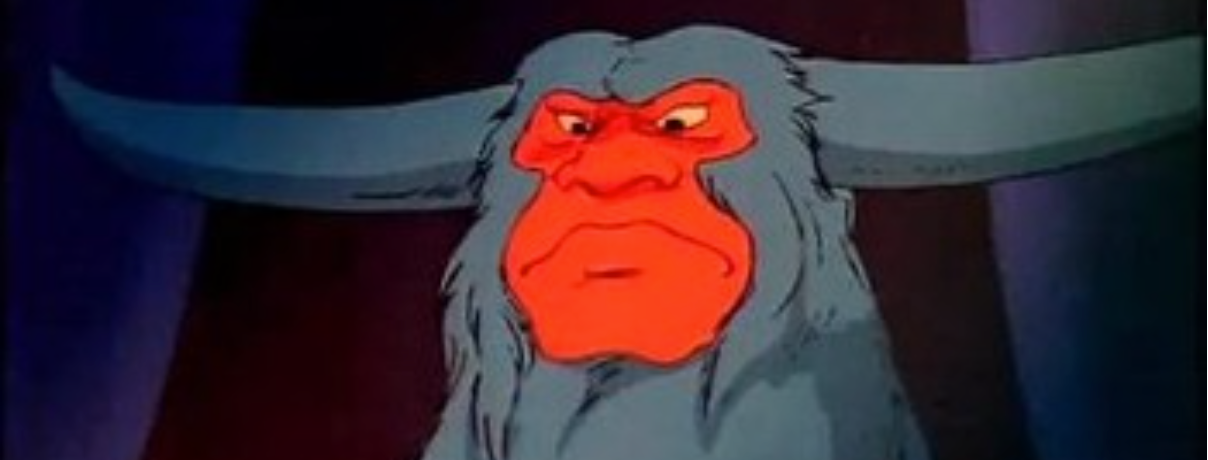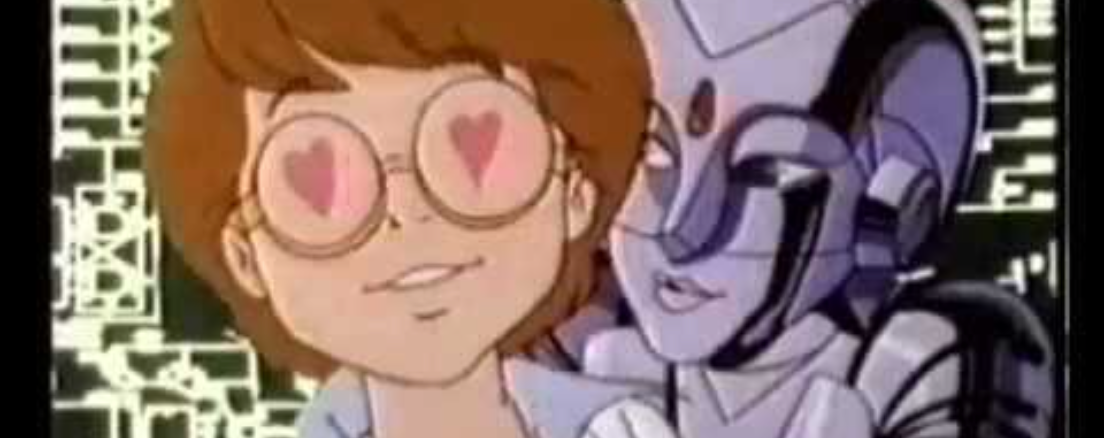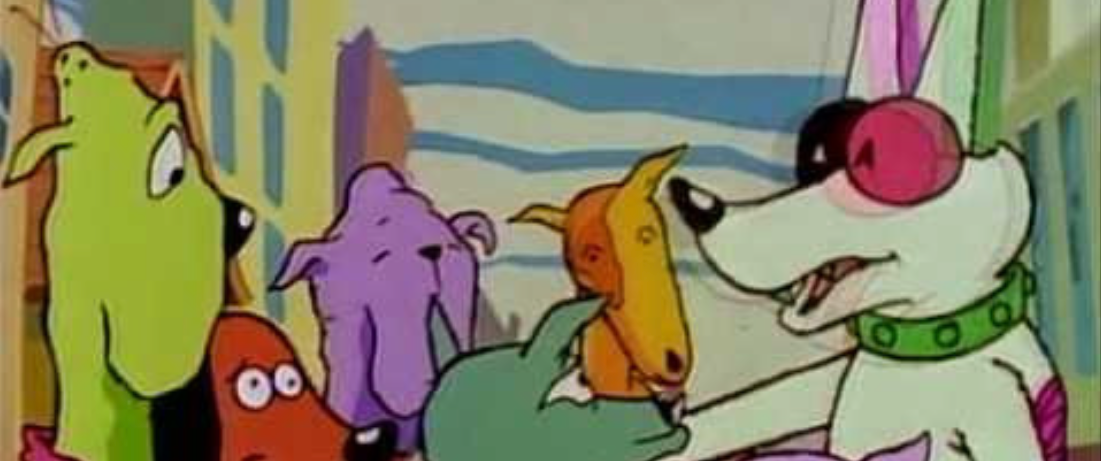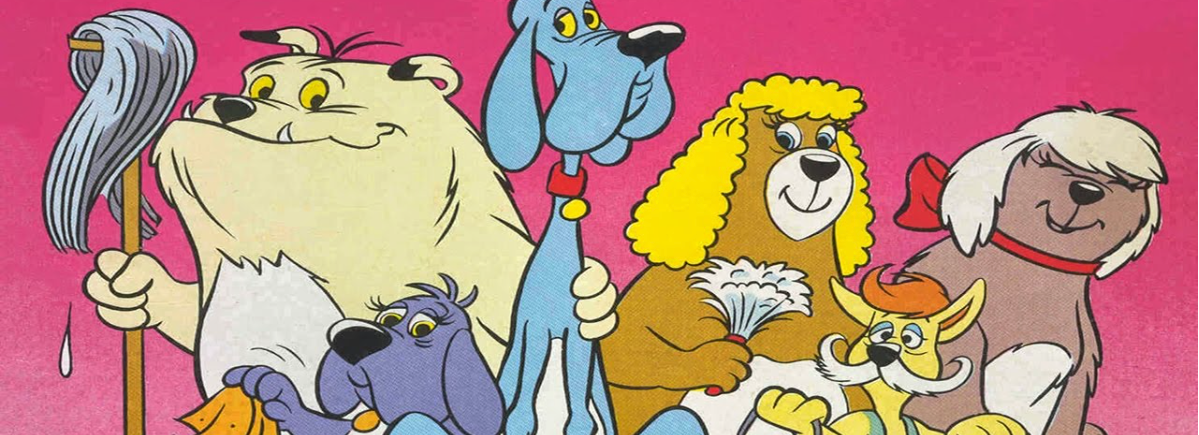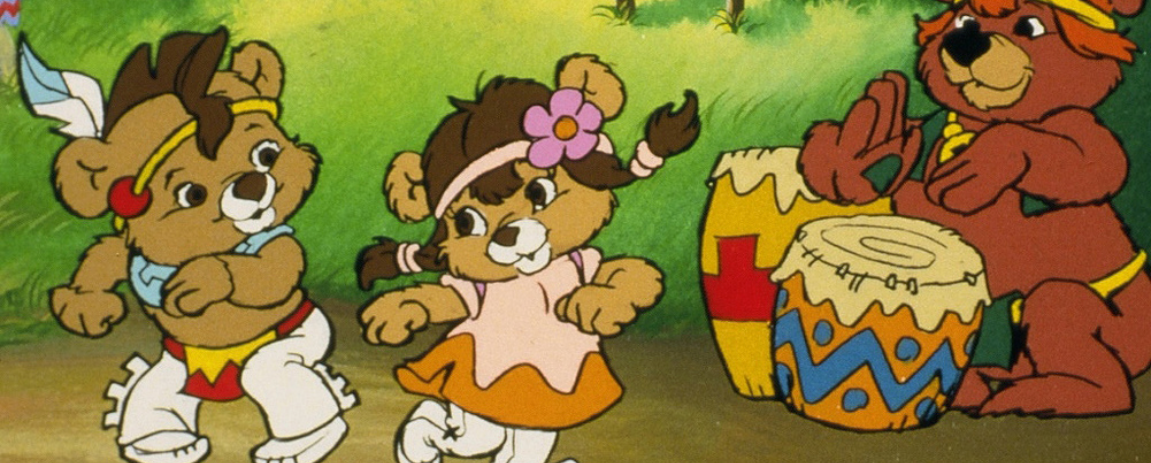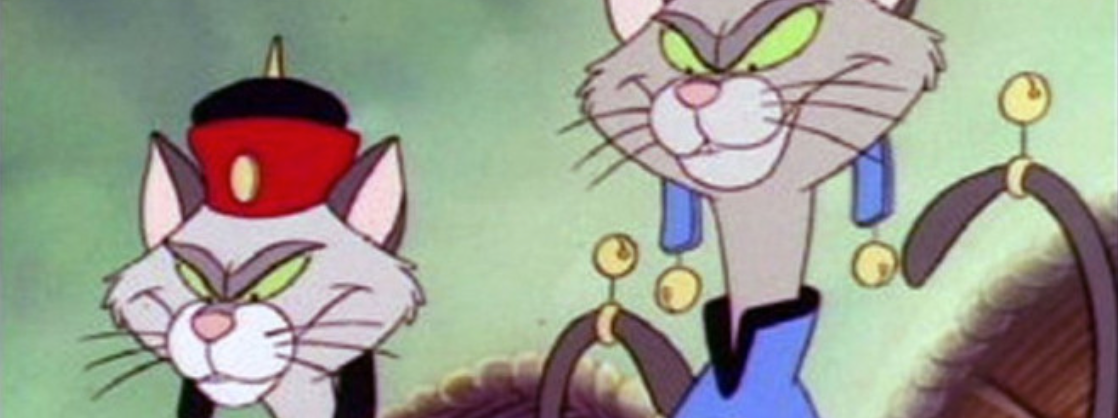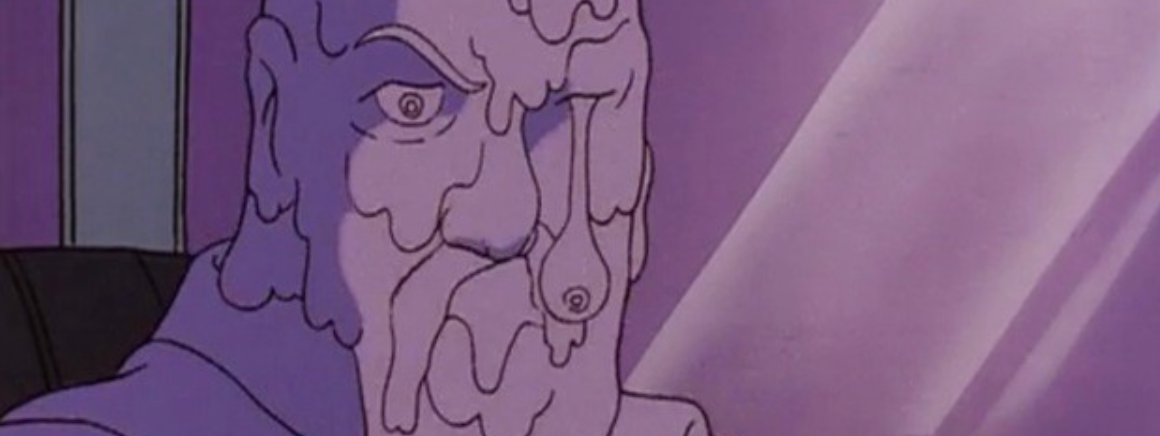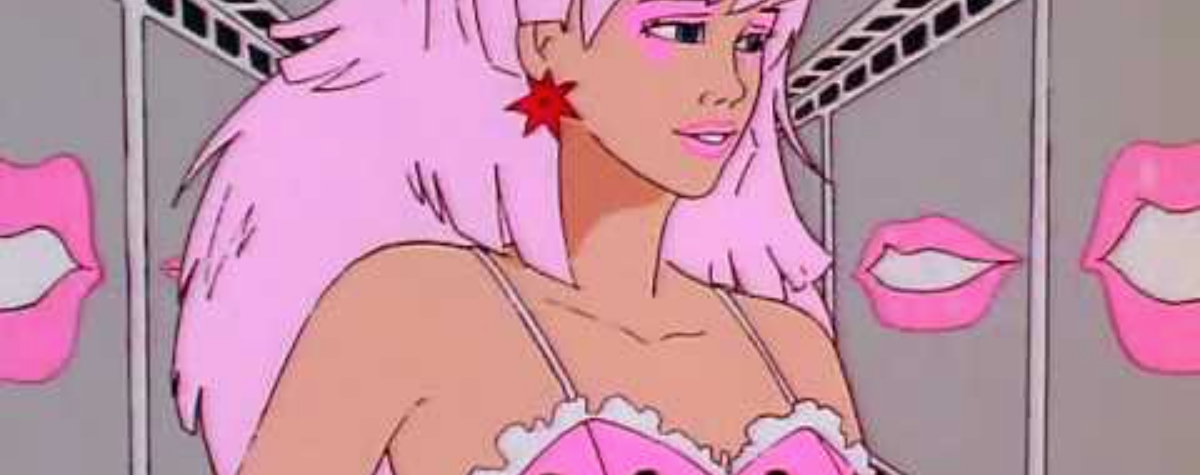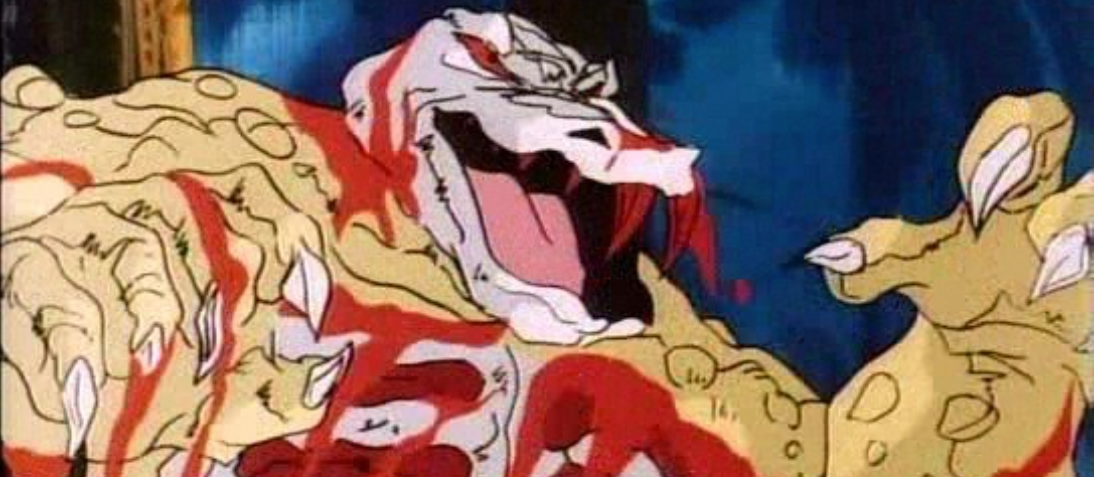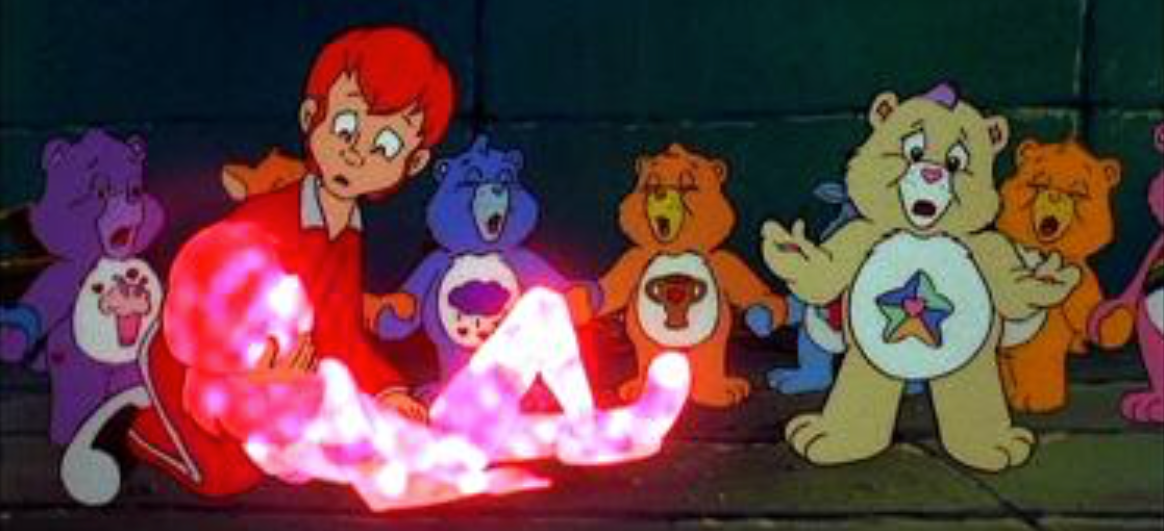If you grew up in the 1980s you'll likely have fond, fuzzy memories of the shakily animated and exuberantly voiced cartoons of the era. Some were amazingly entertaining, some were amazingly terrible, and many, from He-Man And The Masters Of The Universe to The Care Bears, featured things which, looking back, were objectively far too dark and needlessly disturbing for their young target audience. In fact, the FCC's "Children's Television Act" -- enacted in 1990 -- was a direct response to parents' concerns about cartoon violence (as well as brainwashing commercialization.) Arguably more harmful, though, were shows of the time that also contained casually racist or sexist characters or themes in certain episodes.
RELATED: 15 Times The Censors Fell Asleep During Cartoons
This isn't to say that all of these shows were problematic as a whole (though some definitely were), but all of the ones on this list contained at least one or two episodes you'll be shocked made it to air. Pacts with demons and stand-ins for the devil were also a surprisingly common occurrence, likely informed by the "satanic panic" of the '80s and early '90s that was sparked by the association of cases of child abuse and murder with Satanism. If you based your entire knowledge of the decade on its animated media, you'd think that kids were equally in danger of being abducted by a goat blood-drinking cult as they were of being offered drugs by a guy in a van. Here are some of the worst things in '80s cartoons that you couldn't get away with today.
15 THE TRANSFORMERS
The first Transformers series ran from 1984 to '87 and -- along with the first movie -- established the franchise as a juggernaut of kids media. While beloved, there are a lot of questionable things from it that prove Michael Bay was far from the first divisive thing to happen to the brand. In Season Two's "Sea Change," Seaspray inexplicably transforms into robo-Aquaman after falling for a mermaid using a magical pool.
Nothing disturbing or parent-bothering here -- it's just far too stupid to make it into any iteration of the franchise today. What definitely also wouldn't make the cut now (and shouldn't have back then) was the show's frequent racist stereotyping of Arab villains, one of whom ruled "The Socialist Democratic Federated Republic of CARBOMBya." Lebanese voice actor Casey Kasem actually left the show in protest.
14 THE SMURFS
In 1989, the hugely popular Smurfs series ended its run of over 250 episodes of charming smurfiness... and one horrifying Christmas special from its second Season. The episode features an antagonist known as "The Christmas Stranger" (which already sounds like the name of a Holiday horror film), who is sold two orphaned, homeless kids by Gargamel. Child slavery? Why not!
The man then uses the children in a fiery satanic-looking ritual that he hopes will open a portal to their "final journey." The devil in disguise? Sure! Luckily, the Smurfs show up and sing at him until he disappears, screaming in agony. In retrospect, the show has also been generally criticized for the anti-Semitic characterization of Gargamel, while the gendered-stereotyping of its token female character gave name to a recognized sexist trope: "The Smurfette Principle."
13 HE-MAN AND THE MASTERS OF THE UNIVERSE
He-Man is one of the most well-remembered cartoons of the '80s, but without revisiting the show in your adult years, the barely concealed homoeroticism of the world of Eternia probably only reached your subconscious as a kid. In "Quest For He-Man," the titular hero ends up transported to the planet "Trannis" through a rainbow portal where he confronts its lisping, pink rabbit overlord, Plunder The Spoiler.
If that wasn't overt enough for you then how about "Fisto's Forest?" In this episode, a brutish man with a giant, armoured hand who is creatively named Fisto (let that one sink in...) is caught harassing young, Elf boys by shooting white, sticky webbing at them. While this '80s naivety is objectively hilarious now, it's hard to imagine it wouldn't raise network executives' eyebrows these days.
12 THUNDERCATS
If you ever watched He-Man and thought, "Hmm, not bad -- but needs more cats," then Thundercats was the show for you. Unsurprisingly for a series about feline-humanoid aliens with magic swords and spaceships, it's filled with plenty of weird, messed up moments. PSAs from Lion-O about the dangers of underage drinking were aired alongside episodes like "The Garden of Delights," that way overstepped their anti-drug educational remit.
In the episode, Mumm-Ra disguises himself as a creepy, baby, plant fairy to get Tygra hooked on a mind-altering fruit, resulting in him hallucinating about flying and then plummeting to his death. Enslaved to the fruit, he still agrees to turn on his friends and bring Mumm-Ra the Sword of Omens. On a general note, the Thundercats were also naked a lot, which seems equally inappropriate.
11 SCOOBY-DOO AND SCRAPPY-DOO
This short-lived spin-off series that ran between 1979-80 is notable in Scooby-Doo history for one incredibly revealing episode concerning Scrappy-Doo's dark origin story. In "Scrappy's Birthday," Shaggy recalls the day the canine anti-Christ was born (an event Shaggy was actually unconscious during.) Only minutes old, the puppy wastes no time in attacking the doctor, an act which earns him his name from his mother, Ruby-Roo.
He then goes on a violent rampage through the hospital, including smashing a rattle into the face of a kindly orderly attempting to placate him. The "heroic" sidekick's reward for all this is to be allowed to go mystery-hunting with his uncle and his stoner buddy, validating a life of psychotic rage. Though it took Hanna-Barbera decades to realize it, Scrappy-Doo has always been a secret villain.
10 MY LITTLE PONY
My Little Pony is a franchise unafraid of reinvention. Its original toyline featured 10" ponies with brushable manes that didn't look much different from a regular horse. Once they downsized them and dialled up the femininity to 11, the tie-in animated media helped rebrand them as creatures of magic, sweetness and friendship. Or at least, that was the idea.
The 1984 TV special -- the first ever My Little Pony cartoon -- introduced the world to a group of adorable, magical horses who were living in hoof-quaking fear of being enslaved by a giant, Satanic centaur called Tirek and forced to pull his "Chariot of Darkness." Objectively, this might rack up a few cool points in non-MLP fans' eyes, but seems far too tonally jarring for the franchise, even now.
9 BEVERLY HILLS TEENS
Before 90210, there was Beverly Hills Teens, a show that glamorized and ridiculously exaggerated the lives of spoiled rich kids living at the infamous address in the '80s. The main characters were called things like Larke Tanner and Bianca Dupree and the admittedly-catchy theme song invited viewers to "come live their fantasies." In the episode, "Robot Romance" it turns out one of these "fantasies" is apparently the exact plot of Weird Science.
Chester -- the resident computer nerd of the gang -- is embittered that he doesn't have a date for the Spring Fling dance. So, the sexually-frustrated teen genius builds himself what is essentially a robot sex slave. He even programs her for "maximum devotion." This ethically-questionable conceit should be reserved for John Hughes' movies and sci-fi dystopias, not children's Saturday morning entertainment.
8 RUDE DOG AND THE DWEEBS
This show is one of the least well-remembered cartoon of the entire '80s -- and for good reason. Imagine if Poochie from The Simpsons had his own TV show outside of Simpsons continuity, rode in a pink cadillac rather than on a skateboard, and had a thick, Brooklyn-esque accent and that's essentially who Rude Dog is. Not only was the show confusing and poorly animated, but catchphrases like "slam yer eyeballs against dis" didn't exactly endear you to the "hero."
Speaking of Rude Dog, while the "cool bad boy" archetype is obviously appealing, glorifying actual rudeness is a weird move for a show aimed at kids. Not only that, but Rude Dog's enforced berating of his gang of hapless "dweebs" would blur the line between friendly banter and outright bullying of your friends, far beyond comfortability for parents these days.
7 FOOFUR
The premise of this show is so bleak you'll be amazed it was ever on air and aimed at kids. Taking inspiration from Disney's Aristocats, it features a dog who inherits his dead master's mansion, opens it up as a home for strays, and then must live under the constant threat of eviction from greedy lawyer Mr. Escrow (Escrow, get it?). Nearly every episode focussed on harrowingly inappropriate themes like poverty, homelessness and class war, packaged in cute, animal form.
In one such episode called "A Moving Experience," the dogs are in the middle of trying to stop Mr. Escrow from towing the mansion away when a homeless, pregnant dog called Irma shows up on their doorstep. This prompts a division within the group as to whether they can afford to feed more mouths, while Irma might have to give birth inside a house that's about to become dangerously unstable.
6 PAW PAWS
Along with giving Scrappy-Doo his own show (and also inventing Scrappy-Doo in the first place), one of Hanna-Barbera's other big mistakes was Paw Paws. It aired for one Season in 1985, and is looked back on as one of the most explicitly racist cartoon series' ever made. Conceived as a show in the mold of The Smurfs, it basically boiled down every harmful stereotype about Native Americans into a village of adorable bears.
The village was ruled over by Princess Paw Paw who rode a flying horse and possessed a "mystical moonstone" that she used against the antagonist outcast, Dark Paw. Though Native American culture was the most overriding influence, the show was actually an entire embarrassing collage of ignorance about global tribal cultures, with igloos and wigwams thrown together in one big problematic melting pot.
5 CHIP 'N' DALE: RESCUE RANGERS
Imagine if Indiana Jones and Thomas Magnum were turned into chipmunks and decided to set up a Detective agency in New York. That's what Chip 'n' Dale: Rescue Rangers is in a nutshell. Along with Darkwing Duck and DuckTales, the show helped Disney break into the TV animated market in the late '80s and early '90s after its slump in commercial success following Walt Disney's death.
Though the show is ripe for a revival, there's one blemish from its original run that Disney would rather you forgot. Or rather, two blemishes. In the second part of "Rangers To The Rescue," Chip and Dale meet double antagonists, "The Siamese Twin Gang" who, with their broken english, slanted eyes and costumes, are offensive East Asian stereotypes. They even own an illegal casino and a laundromat.
4 G.I JOE: AN AMERICAN HERO
The Joes have been on and off air since 1983, with the American Hero series that ran between 1985 and '86 being the most well-remembered. It's been off-air since 1996, and really, a cartoon that looks like one big recruitment ad for the US military who barge their way into world affairs just wouldn't be as palatable in today's political climate -- especially in a post-Team America world.
As well as this, certain episodes of the largely innocuous series suddenly turned Cobra into masters of psychological warfare. In "There's No Place Like Springfield," poor Shipwreck becomes unknowingly trapped in a simulated version of the future in which he has a wife and child he doesn't remember. Later, everyone around him suddenly melts and his wife and kid try to murder him, forcing him to kill them while his "home" burns down around him.
3 JEM AND THE HOLOGRAMS
Jem and the Holograms was an obvious attempt by Marvel and Hasbro to reach a female audience that they felt their action-oriented shows, Transformers and G.I Joe, didn't cater to. Animated by Toei, it borrowed heavily from a particular anime sub-genre -- Magical Girls whose powers enable them to go from ordinary to popstar with just a twirl and a wig change.
Though a lot of fun, the show was mostly as vapid and toothless as the generic, computerized pop music that Jem and her band play, which made it even more jarring when Jem/Jerrica sang the sexually explicit lyrics to "Who Is He Kissing?" in the episode, "Starbright, Part One: Falling Star." "Who is he kissing?" she wonders about her beau Ken. "Is it me, or is he making love to a fantasy?"
2 THE INHUMANOIDS
Resembling a post-nuclear nightmare of mutating humans, primordial subterranean monsters and body horror trauma worthy of The Thing, Inhumanoids was visually impressive but hugely traumatizing for its young audience. Rewatching it now, the intensity of its most disturbing moments hasn't lessened at all. This is all pretty incredible considering the show was basically yet another Hasbro toy commercial.
The title alone of its five-part series opener "The Evil That Lies Within" sounds like it's either the name of a Metallica song from the '80s or an early Sam Raimi movie. Within these episodes, a female scientist is horribly transformed into a drooling, skeletal-faced monster by an Inhumanoid called D. Compose. Another of the Inhumanoids also rises from the depths of the Earth in a sequence that resembles the apocalyptic coming of Cthulhu.
1 THE CARE BEARS
The Care Bears began airing in 1985, and though hugely popular among its target audience, has been criticized for being overly saccharine. With names like the "Kingdom of Caring" and "Lotsa Heart," you can definitely see where this nausea comes from. As was the weird trend with shows like The Care Bears, the sweetness of the heroes was uncomfortably juxtaposed with overly sour villains.
This is no more exemplified than in The Care Bears Movie II, in which the era's irrational fear of satanic murder cults manifested in a storyline that saw a little girl sell her soul to a shape-shifting demon called Dark Heart to get better at sports. The Care Bears confront the demon, leading to Dark Heart accidentally murdering the girl. Viewers were then treated to the Bears clutching her corpse and begging them to help "will" her back to life.
Which '80s cartoons do you think would never fly today? Let us know in the comments!

